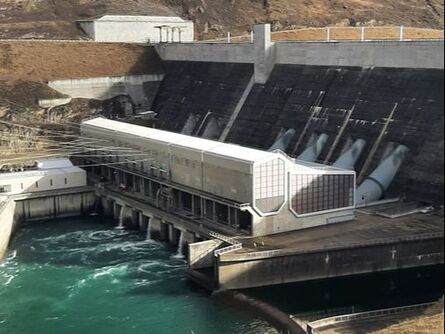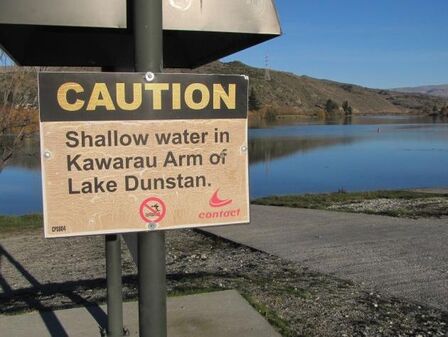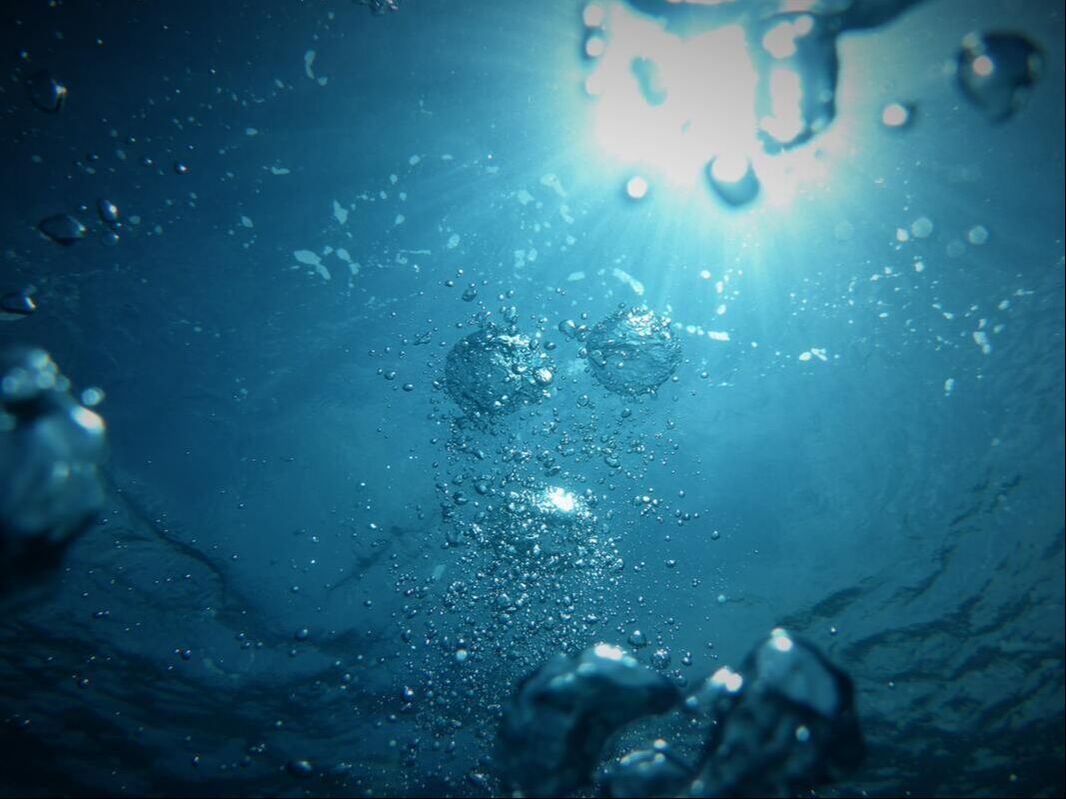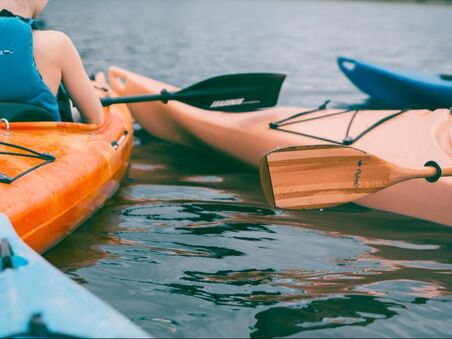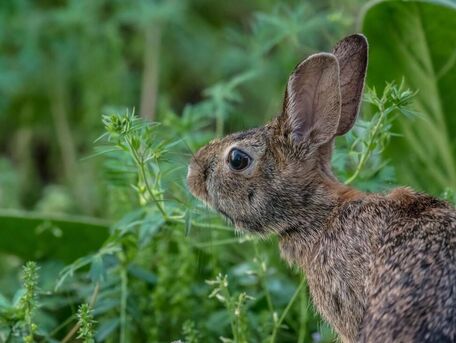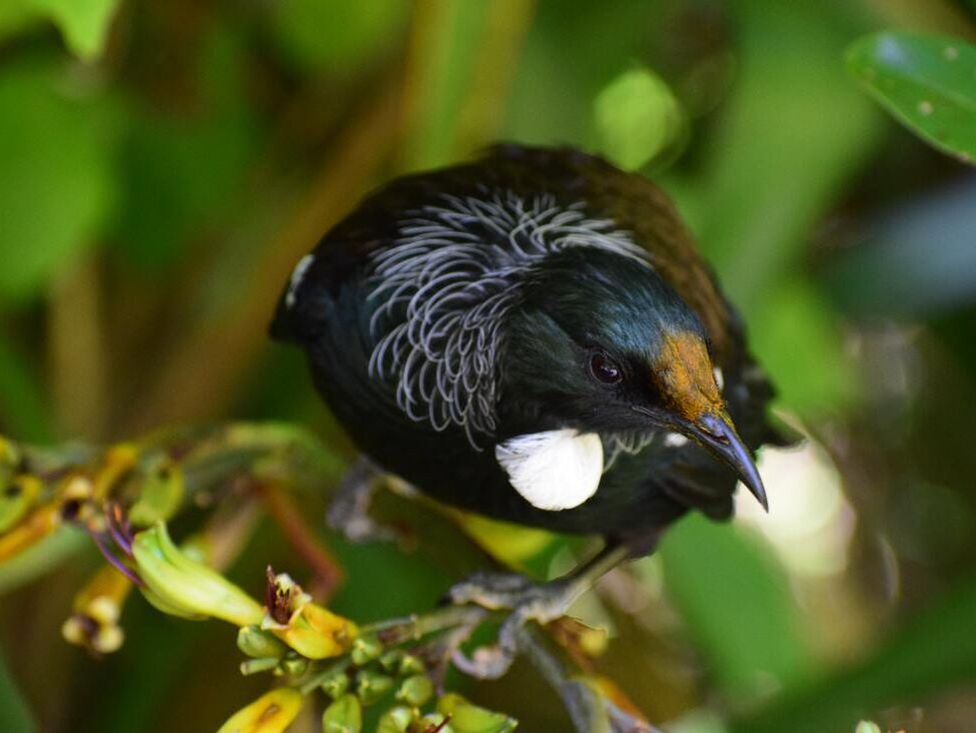Going under for the good of the nationThis country’s previous leaders didn’t bother much with community consultation or environmental impact assessments back in the 1980s.
From 1968 onward the series of announcements that led to the eventual creation of Lake Dunstan, left residents of Cromwell and surrounding rural areas awash with shock and heartbreak. Over 2000ha including farmland, 17 orchards, homes and even the main streets were set to go under. We want the next chapter in the history of Lake Dunstan to reflect a period of upping our game and getting it right for the community and the environment. |
LagarosiphonLagarosiphon was first recorded in the Hutt Valley in 1950 but can now be found all over NZ. 500ha of the lake bed (1/5th of the total lake) is suitable for Lagarosiphon and is already saturated; 139ha of that is used for recreation.
In recent years we have seen a decline in water-orientated activities due to the increased safety risk of weeds entangling around feet, propellers and possessions. Recreation is incredibly important to the mental and physical well-being of the local communities which continue to suffer as weeds saturate the lake. |
Sediment (silt)The Shotover river (which feeds into the Kawarau) carries between 1.6 and 2 million m³ of silt annually. Before the dam, the sediment would be carried down the Clutha river out to the pacific ocean 75km southwest of Dunedin.
Now deposited in the Lake Dunstan and Kawarau arm, silt has formed islands and shifted the shoreline. Numerous locations are no longer viable for swimming, fishing or boats as they are too shallow, inaccessible or dangerous. |
Water qualityIn 2020, Cromwell’s population was over 7,000 and is predicted to reach over 15,000 by 2050. As Cromwell continues to grow, there is a risk of contamination of drinking water if quality deteriorates as Lake Dunstan and the Kawarau Arm.
The 2018 CODC 10-year management plan states that Cromwell's water supply does not have protozoa and virus protection meaning it doesn't meet the New Zealand Drinking Water Standards. |
RecreationThe creation of Lake Dunstan sold the town as a place of incredible recreational potential. In the 1980s a professor from Canada, Dr Reiner Jaakson reported that, with substantial and systematic investments into recreation, Lake Dunstan could become a hub for visitors all over the country and world to enjoy.
Since created 30 years ago, Lake Dunstan has fallen into a state of despair with weeds, rabbit holes and driftwood littering the shoreline. The visual aspect of the lake is substandard, native wildlife sparse and water sports at risk of vanishing. |
PestsThere are 51 plants and animals found in Otago that are legally declared as pests under the Biosecurity Act 1993. All have been introduced to New Zealand since humans first arrived over 750 years ago.
Otago is one of the most biodiverse regions, covering 12% of the country. Home to many endemic species and complex ecosystems, Otago's biodiversity is important to our economy, culture, health and mental well-being. |
Biodiversity loss82% of plants and 70% of birds are only found in New Zealand. Cromwell was once dominated by tussock land, numerous kanuka-manuka scrubs and small forests of beech trees and totara.
The arrival of humans to New Zealand over 750 years ago has caused many NZ species to become extinct or critically threatened. Clearing hunting and farming and introduced pests have destroyed ecosystems and led to the extinction of many plant, insect and bird species. |
Report an issue
The Lake Dunstan Charitable Trust is committed to supporting the community and ensuring their concerns and aspirations for Lake Dunstan are shared with relevant stakeholders. If you feel there is an issue that needs to be shared with the trust (e.g. boat access, parking, commercial activities, litter), please complete the form below and we will get back to you shortly.
NOTE: If this is an issue that poses a threat to life, please contact the council (03 445 0211 anytime) or the Police (111) immediately. If you see anyone catching, harming or killing native wildlife, contact the Department of Conservation immediately at 0800 HOT DOC (0800 362 468)
NOTE: If this is an issue that poses a threat to life, please contact the council (03 445 0211 anytime) or the Police (111) immediately. If you see anyone catching, harming or killing native wildlife, contact the Department of Conservation immediately at 0800 HOT DOC (0800 362 468)

